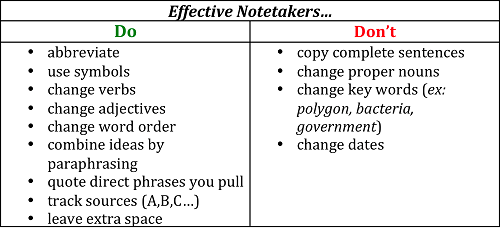Pen and Paper Reign Supreme

Technology has certainly made our lives easier, and who isn’t grateful for that? But, there are certain things I prefer to do the old fashioned way. For example, I still balance my checkbook using a pencil and paper – never a calculator. For some reason, I feel more confident about the results when I do the work myself. Similarly, when I attend a workshop, I leave my laptop at home in favor of a traditional pen and notebook so I can take notes by hand.
I marvel at my friends who are able to use technology with ease to accomplish these same tasks. For me, the act of “putting pencil to paper” helps me process content much more deeply. All of my life, I attributed this to my learning style, but I recently read an article in The Atlantic that gave validity to my preferred method of note taking.
The article, “To Remember a Lecture Better, Take Notes by Hand,” reviews a new study conducted by Mueller and Oppenheimer, which found that students who took handwritten notes remembered content far better than those who used their laptops for note taking. Surprisingly, laptop users took twice as many notes and were able to type verbatim every word in a lecture – so one would think these students would have a competitive advantage. But, according to the study, laptop users were concentrating on the words to be typed rather than synthesizing the information and only recording the most important ideas. Handwritten note takers, on the other hand, were processing the information and only writing down the main ideas and relevant details.
Despite the technology available today, there is still a great need for students to be taught note taking skills – and it should begin as early as the primary grades. In our Key Comprehension and Keys to Content Writing Routines, we use two-column notes as our means of note taking for identifying main ideas and details, both in reading and writing. The method is both flexible and easy to use. (Click here for a blank, two-column note template.) Many middle and high school teachers expect that their students know how to take notes, but, the unfortunate reality is, many students do not. Here are some do’s and don’ts of note taking that need to be explicitly taught.
Efficient note taking skills not only help students learn content information more deeply, but they are also a great tool to organize information when writing from sources.
Perhaps country music singer Miranda Lambert said it best in her song “Automatic”: “It all just seems so good the way we had it. Back before everything became automatic.”


 Before becoming a Keys to Literacy trainer, Donna served as a classroom teacher, Reading Recovery teacher, reading specialist and literacy coach. Donna is also an adjunct professor at American International College (AIC), where she teaches a variety of literacy courses and supervises practicum students.
Before becoming a Keys to Literacy trainer, Donna served as a classroom teacher, Reading Recovery teacher, reading specialist and literacy coach. Donna is also an adjunct professor at American International College (AIC), where she teaches a variety of literacy courses and supervises practicum students.
Leave a Reply